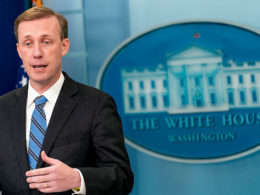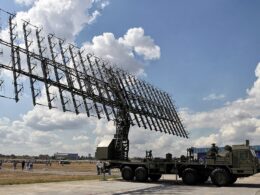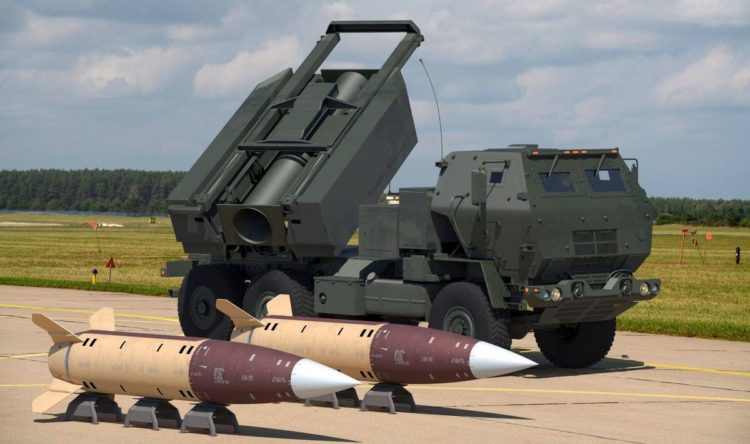The arrival of long-range ATACMS missiles will help Ukrainian forces attack Russian supply lines and airfields in deep rear areas. However, the months of delay in receiving these missiles may have given the Russian military enough time to prepare for the effects of ATACMS, according to the Institute for the Study of War (ISW).
Earlier this week, the United States confirmed it will provide Ukraine with ATACMS long-range missiles as a part of the announced $1 billion package of security aid.
What can ATACMS in Ukraine do?
ATACMS missiles with cluster munitions will allow Ukraine to strike Russian airfields more effectively, destroying more aircraft and equipment than individual missile strikes.
These strikes may force Russian forces to relocate aircraft further from the frontline, although it would affect rotary-wing aircraft (helicopters) more than fixed-wing aircraft (planes) that can fly farther, according to ISW.
Russia used helicopters a lot to stop Ukrainian assaults in Zaporizhzhia during the summer 2023 counteroffensive, but has not used them as much recently to support its own offensive attacks in eastern Ukraine. Right now, Russia is using a lot of planes to drop glide bombs along the front lines, so withdrawing these aircraft further away probably would have only marginal impacts on their loitering time for conducting glide bomb strikes, as per ISW.
The ATACMS long-range missiles could also threaten Russian ammunition depots in rear areas, making the Russian commanders decide whether to strengthen the existing depots or spread them out throughout Russia-occupied territories. However, Russian forces may have already adapted to the potential new Ukrainian strike capabilities following the use of ATACMS in October 2023, ISW reports.
Earlier uses of ATACMS in Ukraine
ISW notes that Ukraine first used US-provided ATACMS long-range missiles to strike Russian targets in occupied Ukraine on 17 October, 2023, targeting airfields in Berdiansk, Zaporizhzhia Oblast and Luhansk. The likely aim was to disrupt Russian aviation support for localized offensive efforts, but the limited number of ATACMS available at that time was insufficient for a long-lasting campaign to stop Russian air forces on a large scale.
If Russia started preparing for ATACMS strikes in October 2023, it might be less of a problem for their logistics when Ukraine uses ATACMS in spring and summer 2024. Still, ATACMS will let Ukraine hit more Russian targets further behind the front lines, including supply bases and important bridges.
However, for Ukraine's attacks on Russian supplies or air power to really make a difference, Ukraine needs to coordinate them with ground operations to take advantage of the damage done to Russia's capabilities from the strikes, according to ISW.
Other key takeaways from ISW report:
- Russian authorities arrested Deputy Defense Minister Timur Ivanov on 24 April on charges of accepting bribes, although some sources suggest he is suspected of treason. Russian ultranationalist milbloggers largely celebrated Ivanov's arrest and used it as an opportunity to publicly criticize the Russian MoD for failures throughout the war.
- Russia explicitly threatened Armenia if Armenia does not resume active engagement in the Russian-led Collective Security Treaty Organization (CSTO) and resume its pro-Kremlin alignment.
- Maria Lvova-Belova, the Kremlin-appointed Children's Rights Commissioner, deliberately misrepresented recent Qatari-mediated negotiations between Russia and Ukraine as the first face-to-face negotiations on the return of Ukrainian children forcibly removed and deported by Russia, likely trying to minimize Russia’s responsibility for the coordinated deportation of Ukrainian children.
- Moldovan officials keep warning about how Russia might be a danger to Moldova.
Related:





